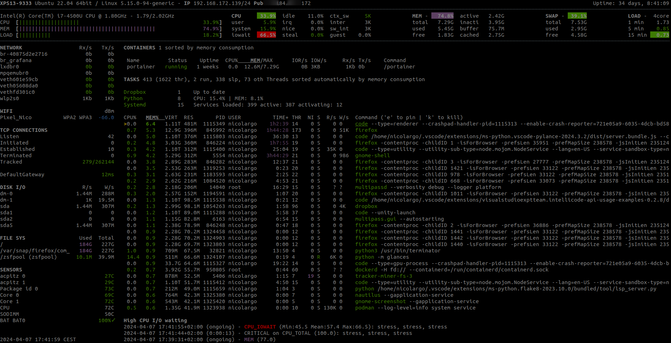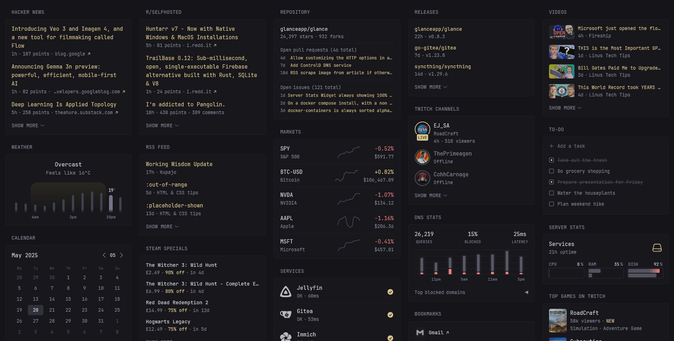Those who don't use dashboards, how are you managing your services?
Those who don't use dashboards, how are you managing your services? - Lemmy.World
I know dashboards are super trendy, but I’d love to hear from those who are not using them. I personally use FreshRSS to keep track of as much as possible, along with Uptime Kuma and plain old bookmarks. Perhaps there is a better overview solution, but I also love filtering my what I see to not feel overwhelmed or spammed by information.



